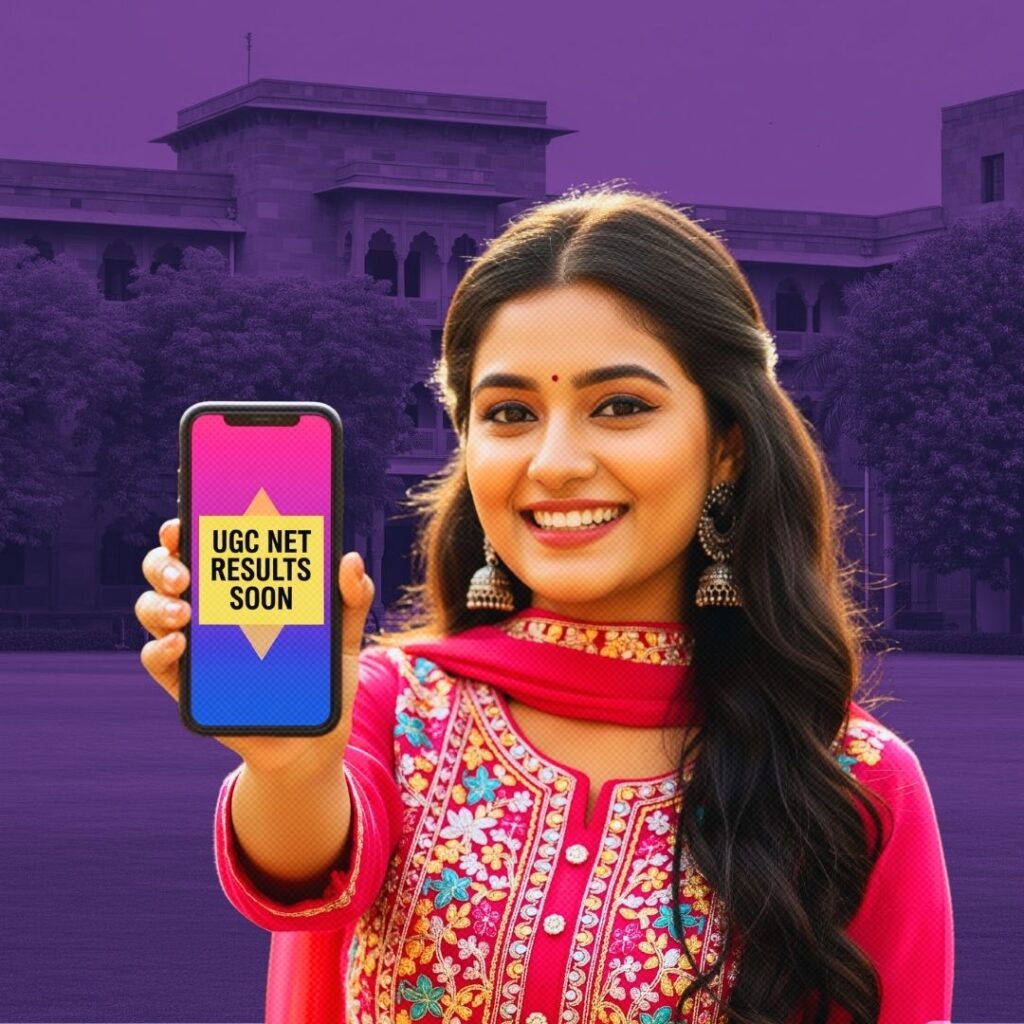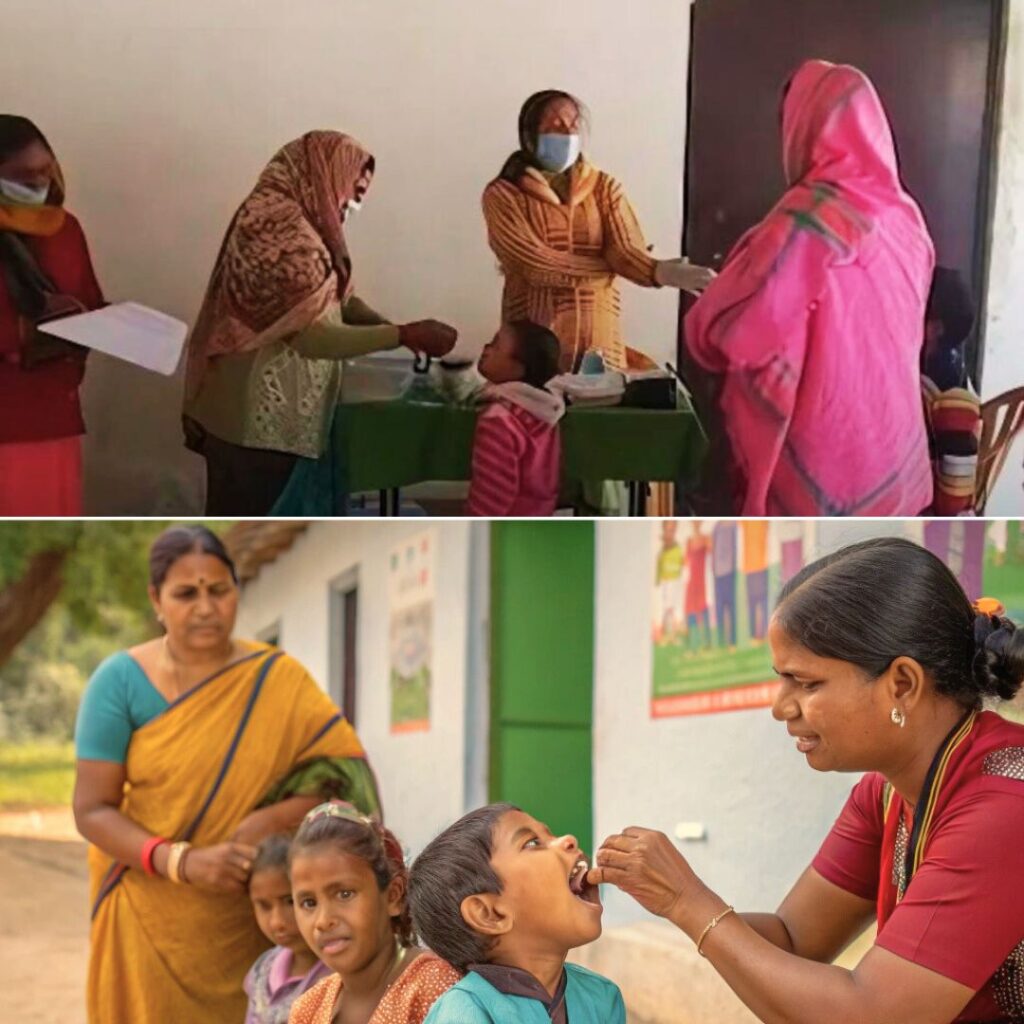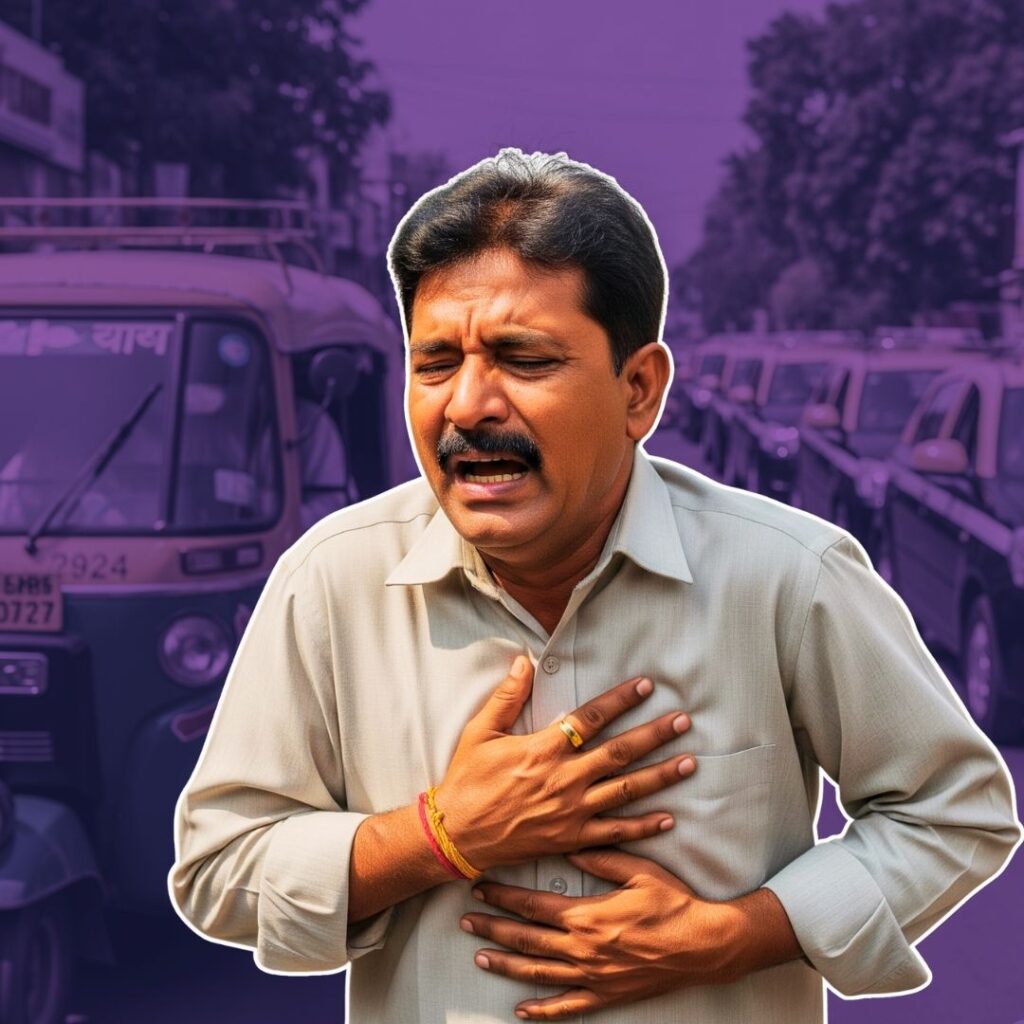With the United States pulling out of the Paris Agreement, there are widespread fears that the Agreement’s goals will become diluted or other countries will pull out too. However, most major countries like Germany, France, India, and China have reaffirmed their commitment to meet the goals of the Paris Agreement, which is the world’s best shot at reversing the disastrous effects of manmade climate change.
But what exactly is the Paris Agreement and what are its goals?
The Paris Agreement, also known as COP21, is an international agreement under the United Nations Framework Convention on Climate Change (UNFCCC).
It was adopted in December 2015 at the 21st Conference of Parties (COP – therefore, COP21) of the UNFCCC.
With 195 countries on board as signatories, COP21 is aimed at
mitigating greenhouse gas emissions, encouraging usage of renewable energy, and taking action against man-made climate change, which has led to rise in sea levels and global temperatures. 2015 UN Climate Change Conference
The 2015 United Nations Climate Change Conference began on 30 November 2015 in Paris. The stakes were high – the scientific community had warned that we were almost too late to reverse the tide of permanent climate change, and that a legally binding agreement was the need of the hour. Our generation’s survival, future generations’ existence and the legacies of every world leader were on the line.
The talks were scheduled to end on 11 December but when the day came, countries were still sparring over clauses and it seemed as if this Climate Conference too would end in futility.
But a last-minute desperate pitch by the host nation – France – to extend the Conference by a day proved to be the deal-maker. In one final push, the world came together with an ambitious – and unprecedented – climate deal which will be our best chance to fight global warming.
The official document of the Agreement was released in the evening of 12 December 2015. The document can be read here.
Key terminologies
Many of us will benefit if we learn the many terms associated with the Paris Conference:
COP21: COP stands for the Conference of Parties. This refers to the countries which have signed the 1992 UNFCCC. The leaders of these countries meet annually to discuss ways to combat climate change. Because the Paris Conference was the 21st such meeting, it was nicknamed as COP21. CBDR: This was the major hurdle that negotiators had to overcome in this year’s Conference. CBDR stands for ‘Common But Differentiated Responsibilities’. This is a principle preserved in the UNFCCC that recognizes that different countries have different obligations to combat climate change. This means that richer countries like the US have to cut down emissions to a greater extent than developing countries like India – due to obvious reasons. Richer countries wanted to do away with this principle before the start of the Paris Conference, and it has been the core factor which rendered the previous Conferences as failures. Pre-2020 Ambition: Most actions taken by individual countries in accordance with the Paris Agreement won’t actually take effect until 2020. But the years 2016 – 2020 will be crucial to ensure the safety of our planet. As such, nations need to be committed to the clauses of the Agreement from today itself and not wait until 2020. ADP: This stands for the Ad Hoc Working Group on the Durban Platform for Enhanced Action. It was a subsidiary body formed in Durban in 2011 (COP17). Its mandate was to develop a protocol and a global legal instrument which would be agreeable to all countries so that the same could be signed in 2015. The ADP was formed with focus on clinching an agreement during COP21. Why We Should Care?
Simply, climate change.
Earth’s temperature is rising every year Sea level rise is accelerating Hurricanes and floods are becoming frequent Glaciers are melting The Ozone layer is depleting Crop failure is becoming very frequent Last year – 2016 – was the hottest year in recorded HISTORY Carbon dioxide levels are rising Weather patterns are becoming unpredictable Polar habitats are being destroyed Skin diseases are on the rise 9 of the 10 hottest years EVER recorded were in the 21st century. Ocean temperatures are rising.
These are just a few of the simplest evidences that point to the reality, danger and urgency of the climate change situation. There are infinite other proofs for the reality of climate change – hard, physical, scientifically tested proof.
India and COP21
India, along with the US and China, is among the world’s top greenhouse gas emitters. In September 2016, Prime Minister Narendra Modi announced in Kerala that India will ratify the Paris climate deal on 2 October of the same year, on the birth anniversary of Mahatma Gandhi.
India had earlier committed to ratifying the deal, but there was a cloud of uncertainty over the timing as the Niti Aayog…











